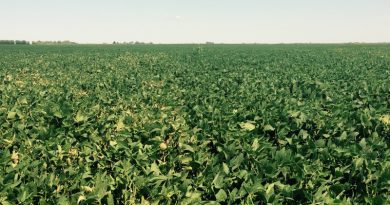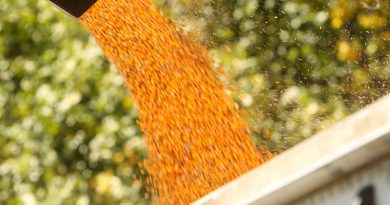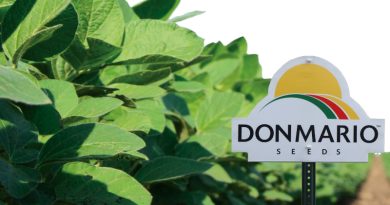Stalk Rot
Dana Harder, Field Agronomist
Stress to crops during the growing season can manifest itself in various ways, one that becomes a particular worry approaching harvest are stalk rots. Typically, some source of initial plant stress occurs before stalk rots develop. Plants will prioritize sending carbohydrates to the ear, cannibalizing other plant tissues to do so, resulting in weakened plant health and greater susceptibility to fungal and bacterial infections. Key stresses include:
Competition: Higher plant populations can increase the prevalence of stalk rots. When corn plants are crowded, stalks become elongated and spindly weakening their integrity. Increased intra-plant competition occurs for nutrients, water and sunlight. If the essentials are not in adequate supply, trouble can arise. Poor weed control can lead to similar conditions due to increased inter-plant competition for essential resources.
Foliar diseases and defoliation: When foliar diseases comprise a significant portion of the leaf tissue, photosynthesis is reduced. To fill out the ear, the plant will re-mobilize carbohydrates from the stalk to the ear. Two common diseases in corn are gray leaf spot and northern corn leaf blight. Hail events or insect feeding can also reduce the foliage amount present. In addition, these wounds can act as initial infection sites for fungal pathogens.
Hybrid selection: High yielding “racehorse” hybrids tend to be prone to stalk rots due to concentrating their carbohydrates towards grain fill at the expense of stalk integrity. There are genetic differences in stalk quality among hybrids and growers can make informed decisions based on agronomic needs. Racehorse hybrids can be managed appropriately, especially if growers are willing to harvest early.
Root growth stresses: Corn plants are unable to extract enough water and nutrients when root growth is inhibited. Stresses affecting root growth include cold, compacted, drought stricken or water saturated soils. These lead to the plant producing less photosynthate during grain fill.
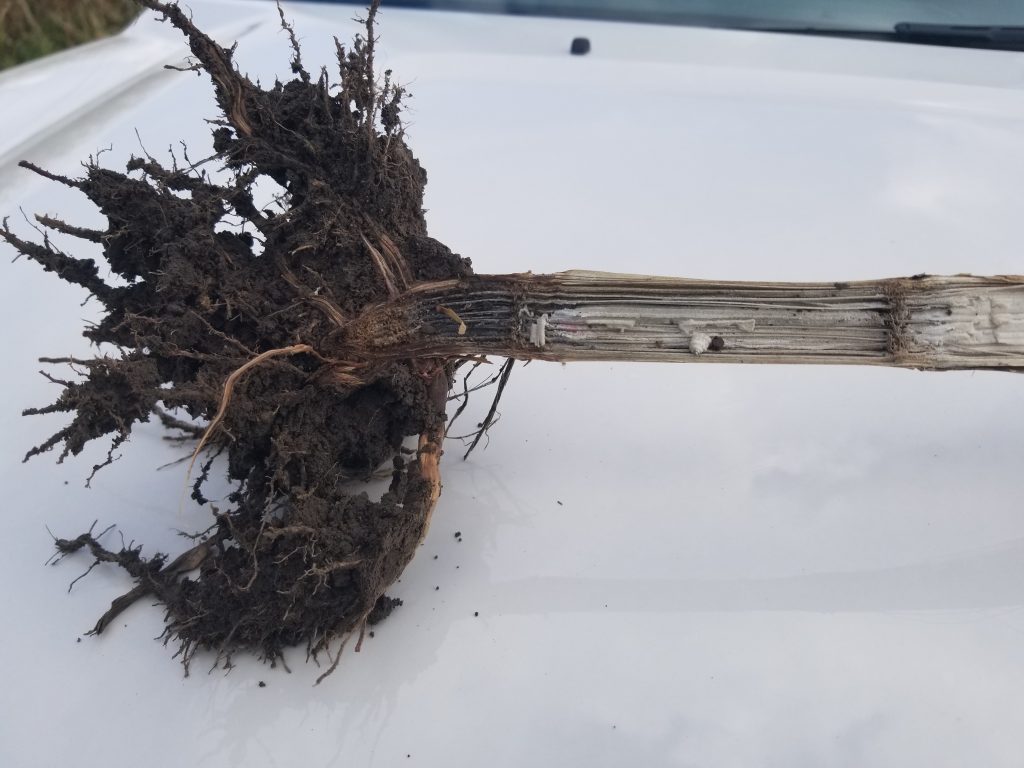
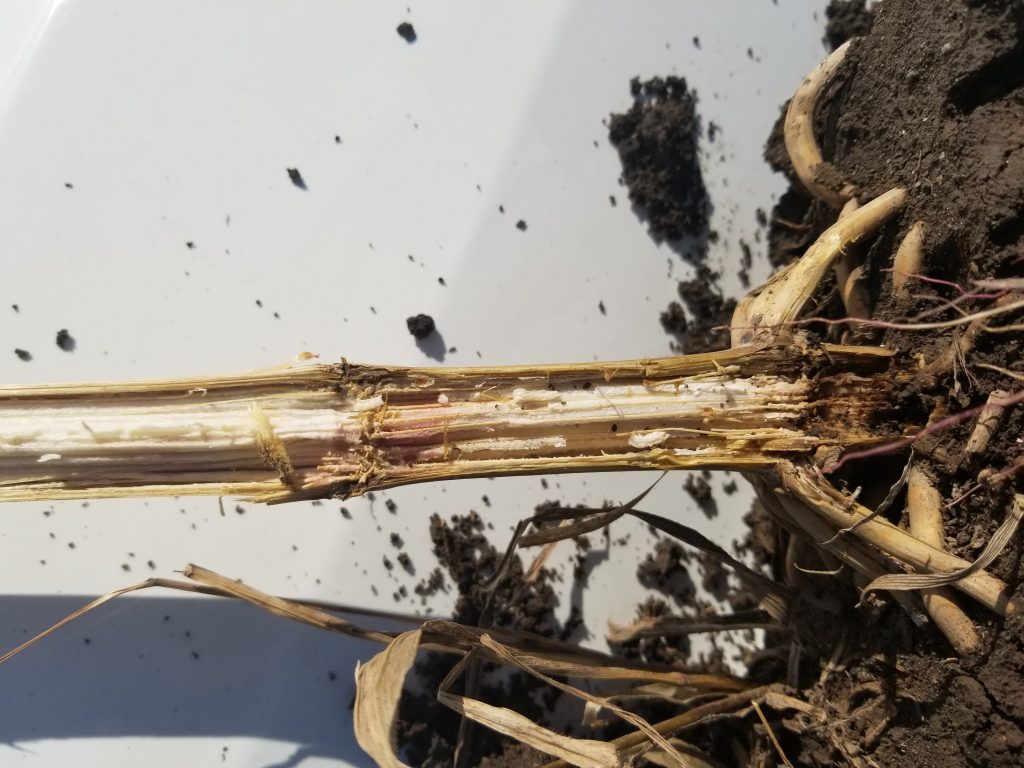
Nutrient deficiency: When a certain nutrient is in short supply it can result in reduced growth since it becomes the limiting factor. In particular, potassium deficiency can reduce stalk strength and quality. High nitrogen rates in combination with limited potassium availability makes the scenario much worse.
It is important to scout fields when corn reaches black layer. Conducting pinch and push tests will help determine if stalk rots are present. Push stalks to a 30-degree angle then release; if the plant does not return upright, a stalk rot is likely present. Pinch stalks as well because they will not necessarily give way when pushed. An unhealthy stalk will feel spongy when squeezed. If more than 10% of the plants are compromised, that field should be a harvest priority.
Identifying which stalk rots are prevalent can help manage and prevent them in the future. If stalk rots are suspected, dissect the plant in half and look for discoloration towards the base. A useful guide from the University of Nebraska is the Common Stalk Rot Diseases of Corn to help with identification and prevention.
If you have a history of stalk rots, identify and minimize the key stress occurring in those fields. Consult your Burrus Seed Field Agronomist for assistance combating chronic stalk rot concerns.
This article was originally published in the 2018 Burrus Seed Harvest Report.




